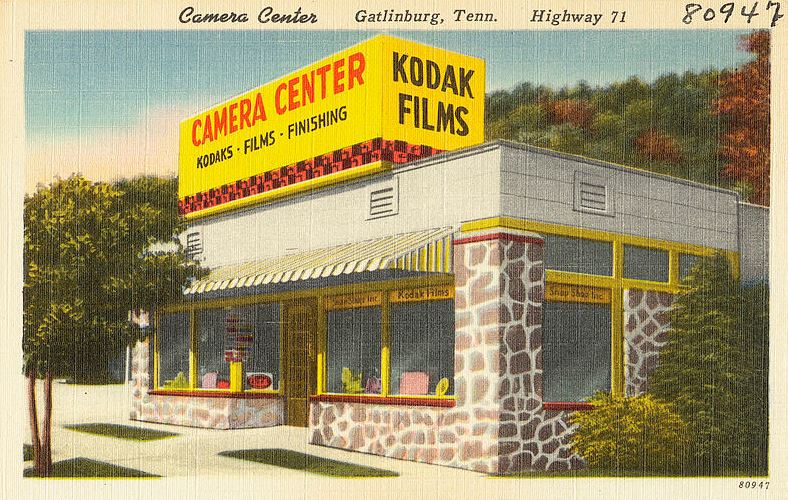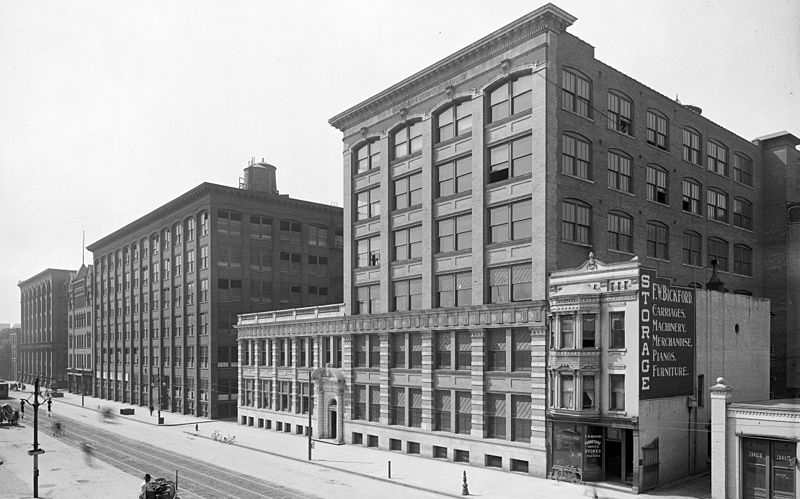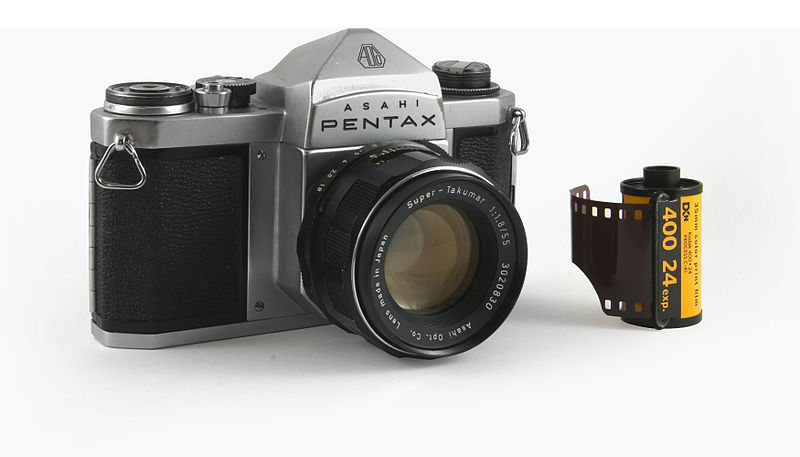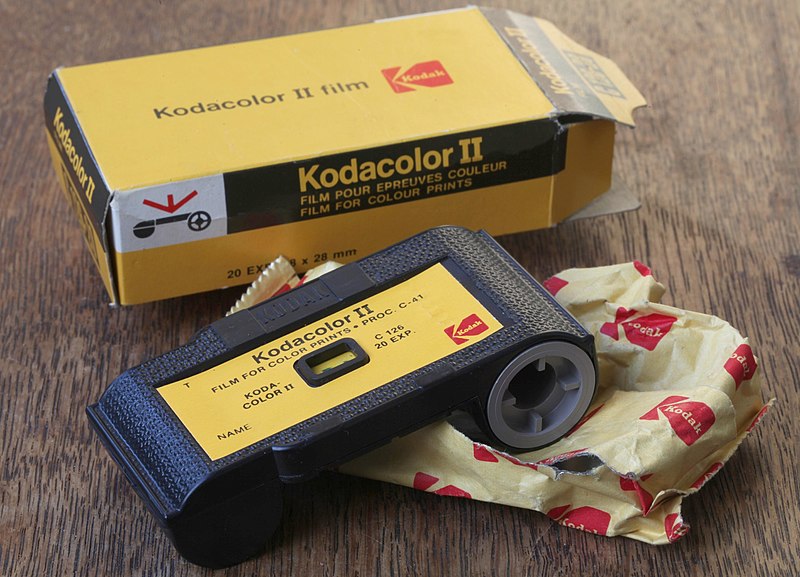The Eastman Kodak firm, commonly referred to as Kodak, is a publicly traded American firm that creates a range of goods that are connected to its analog photographic roots. The business was founded in New Jersey and has its headquarters in Rochester, New York. It is well known for its photographic film goods, which it originally introduced to the general public.
Henry A. Strong and George Eastman formed Kodak as a collaboration to create a film roll camera. On May 23, 1892, Eastman Kodak was established following the introduction of the Kodak camera. Under Eastman’s leadership, the business grew to be among the biggest producers of cameras and films, created a welfare capitalism model, and formed a tight bond with Rochester. Due to significant investment in research and development at Kodak Research Laboratories, Kodak enjoyed a dominating position in the photographic film industry throughout most of the 20th century and developed several technological advancements. The Brownie and Instamatic, two of the most well-known camera types of the 20th century, were created by Kodak. Because of the company’s fame, the phrase “Kodak moment”—which refers to a private occasion that should be preserved for posterity—has become widely used.
Due to growing competition from Fujifilm in the late 1990s, Kodak started to experience financial difficulties. Despite Kodak having created the first standalone digital camera, the firm also had trouble making the switch from film to digital photography. After failing in attempts to diversify its chemical activities, Kodak aggressively shifted to digital photography and digital printing as a turnaround plan in the 2000s. In January 2012, Kodak filed for Chapter 11 bankruptcy protection in the United States Bankruptcy Court for the Southern District of New York because these measures had failed to improve the company’s financial situation.
After restructuring, liquidating many operations, and shedding its significant legacy obligations, the corporation emerged from bankruptcy in September 2013. Since coming out of bankruptcy, Kodak has kept up its production of commercial digital printing goods and services, motion picture film, and still photography, the latter of which is sold by Kodak Alaris, a spinoff business. The company has granted licenses to use the Kodak brand on a variety of goods produced by other companies, notably the PIXPRO line of digital cameras produced by JK Imaging. Kodak said in late July 2020 that it will start producing medicinal materials in response to the COVID-19 pandemic.
Check out The Rise and Fall of Kodak!
History
Name
George Eastman and his mother, Maria, came up with the name Kodak using an anagram set; George Eastman is credited as commenting, “It seems a strong, incisive sort of letter.” Creating the name, according to Eastman, was guided by three main ideas: it has to be short and simple to say, and it should not sound similar to any other names or be connected to anything else. The Kodak brand was trademarked by Eastman in 1888. According to a 1920 advertisement, the word “was simply invented – made up from letters of the alphabet to meet our trademark requirements. It was succinct and evocative, and it was probably going to stick in people’s minds.
Founding
The Eastman Dry Plate Company was established on January 1, 1881, with Henry Strong serving as president and Eastman serving as treasurer. Initially, the company sold dry plates for cameras, but Eastman’s interest soon shifted to completely replacing glass plates with a new roll film process. The business was re-incorporated as the Eastman Dry Plate and Film Company on October 1, 1884. In 1885, Eastman and William Walker co-invented the first useful film roll holder, allowing dry plate cameras to concurrently store several exposures. Eastman patented a type of paper film he named “American film” in the same year. To enhance the film, Henry Reichenbach, a chemist, was employed by Eastman as part of his ongoing camera experiments. These tests would result in a nitrocellulose film patent in 1889. The firm underwent numerous re-incorporations as it grew. It changed its name to the Eastman Company in November 1889, and 10,000 shares of stock were issued for $100. Another round of funding took place on May 23, 1892, and the company was renamed Eastman Kodak. Eastman Kodak of New York and Eastman Kodak of New Jersey both functioned concurrently until 1936, when the former was liquidated, and its assets were transferred to the latter. The former was founded in 1901 and continued to operate until 1936. Despite having its headquarters in Rochester, Kodak is still incorporated in New Jersey.
The Original Kodak Cameras
In 1888, Eastman introduced the first Kodak camera after registering the name as a trademark. It already has a roll of paper film loaded that could produce 100 pictures. Customers would send Eastman their cameras after they were done. He would insert fresh film and process the old roll. Because the Kodak camera was so easy to operate, amateur photography became a new pastime.
The first camera was eventually replaced with a collapsible version that used nitrocellulose film, and in 1897, a pocket-sized camera was introduced to the market. The Brownie, a cardboard camera that cost just one dollar and would completely dominate the market, would be Eastman’s finest achievement, though.
The 20th Century
In Kodak’s history, the 20th century is when its sales and popularity peaked. Everyone was fascinated by the idea of shooting images from 1900 to 1930. Due to Kodak’s significant financial success, it was included in the Dow Jones Industrial Average index on July 18, 1930, and stayed there until 2004 when it was delisted.
Like any successful company, Kodak invested a sizable percentage of its profits in R&D, and in 1935 it produced the iconic Kodachrome film. Kodachrome, the first widely used color film, was offered in a variety of sizes, including 8mm, 16mm, and 35mm. It made it possible for brilliantly colored motion films and magazine images.
Kodak was astute enough to get involved in picture printing as well, and it generated significant profits just from film development. Throughout the 1950s and 1960s, the business played a key role in the development of color-separated, high-quality printing.
Kodak has released several camera types throughout the course of its history, including the Retina Series 35mm Camera in 1949, which remained a staple in the photography industry until 1956. The Starmatic, the first automated Brownie camera, was released to the market in 1959 and sold 10 million copies in its first five years. The Instamatic camera was created in 1963 and quickly gained popularity as a simple point-and-shoot device.
By the end of the 1960s, Kodak controlled the bulk of the photographic market. The corporation employed 100,000 people and generated over $4 billion in revenue. Even the film of John Glenn’s orbit of the Earth in 1962 and the first-ever snapshot of the planet Earth taken from space in 1966 were produced by Kodak.
To compete with Polaroid, Kodak introduced the Kodamatic instant camera in 1976.
Kodak’s Side Projects
Using its trademark image technology, Kodak has expanded throughout its history by taking on new initiatives. The business produced a film that could gauge the radiation exposure Project Manhattan researchers were experiencing; this discovery resulted in the development of the modern X-ray.
In actuality, Kodak film was used to record the first X-ray ever. It was a handprint from the famous German physicist and mechanical engineer Wilhelm Roentgen’s wife. Kodak is still active in the field of radiographic imaging, which includes CT and MRI scans.
In terms of the value of World War II military manufacturing contracts, Kodak was happy to have the 62nd-place position among American businesses. The majority of Kodak’s history narratives claim that the company’s microfilm technology allowed 37 bags of “V-mail” to be reduced to only one.
Kodak Today
For the first time in its history, Kodak announced in February 2012 that it will stop producing all digital cameras, pocket video cameras, and digital picture frames in favor of focusing on the digital printing business. The fundamental goal of Kodak has always been to capture images, but in recent years, the company has grown to be renowned for high-speed commercial inkjet presses, workflow software, and personal photo printers. Today, a lot of these items can be seen in workplaces all around the world.
Be sure to come back regularly for additional history, guidance, and ideas on the printing technologies of today if you are interested in the intricate and fascinating histories of many technological businesses, such as this look into the history of Kodak.






